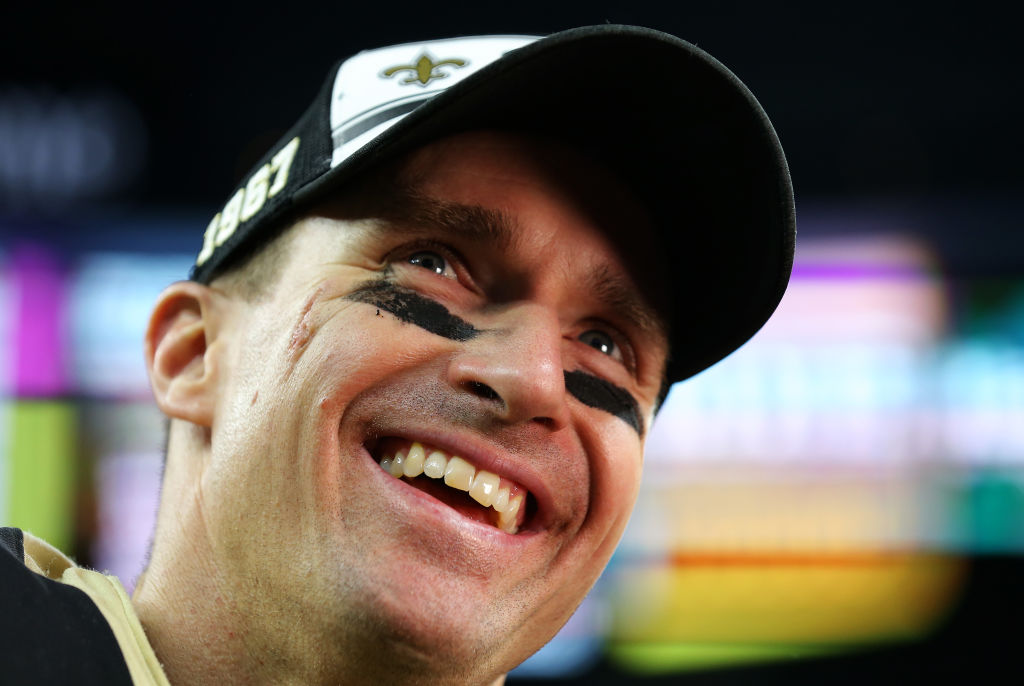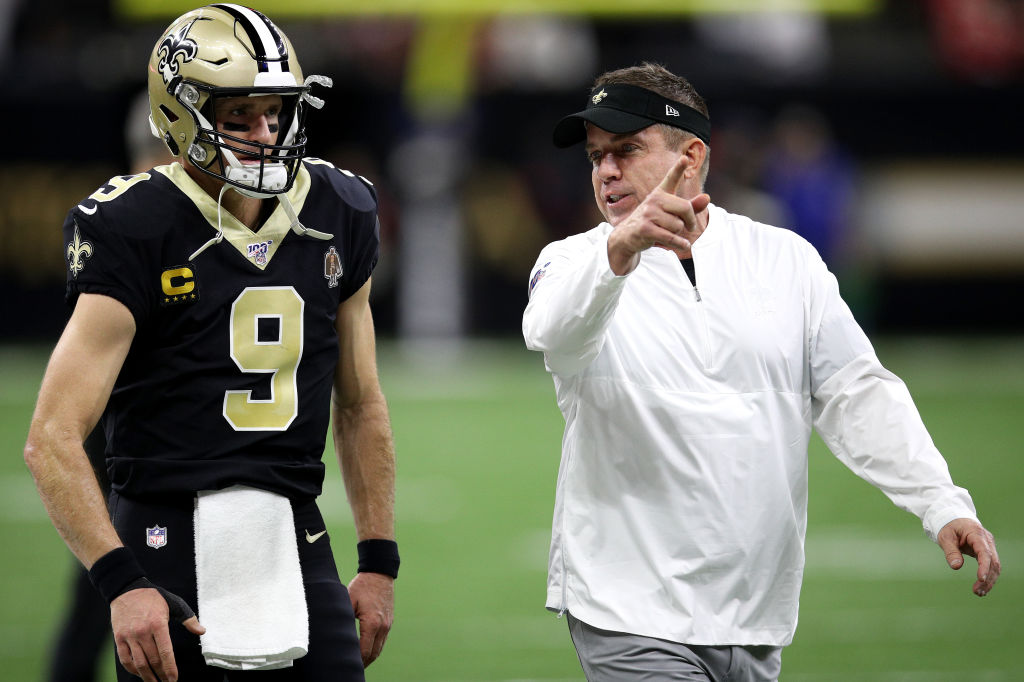

The team may even go further and swallow a $7 million dead cap hit for someone like Janoris Jenkins if it means getting his $14 million salary off the books next year. Emmanuel Sanders ($10 million against the cap in 2021) is in a similar boat with only a $4 million dead cap hit if he isn't on the roster in 2021.

For example, Kwon Alexander is slated to count for $12 million against the cap next season, but will count for nothing if the Saints simply cut or trade him. Older players with low or no dead cap hits are as good as gone.

The Saints don't have to trade everybody to get under the hard cap, and many of their big deals have dead cap hits that would affect the New Orleans cap sheet even in the event of a trade.īut sacrifices will have to be made somewhere. Most of them, like LT Terron Armstead, RT, Ryan Ramcyzk, and DE Cameron Jordan, will have their contracts renegotiated in some form (whether it be an extension or salary converted to bonuses) to help lower their hit on the 2021 cap sheet. The Saints have no less than 12 players who will count for $10 million or more against the cap in 2021. For the purposes of getting underneath the cap by March 17, Brees will count for $22 million, and there isn't anything New Orleans can do about that. The Saints can place him on the retired list and split that into a two-year hit, so Brees would count for $11 million in 2021 and $11 million in 2022. The money from his contract does not simply go away if he retires, though Brees' dead-cap hit will count for $22 million against the Saints' cap if he isn't on the roster in 2021 no matter what. It's going to be very difficult to do that and will take more than extending the biggest contracts to spread out the cap hit and things of that nature.ĭrew Brees has the highest hit on the roster and (fortunately for the cap sheet) is very likely to retire this offseason. They have to get to $179 million or lower by the start of the new league year on March 17, and have to have enough space to sign their newest crop of draft picks. The total cap hits from all of their big contracts on the roster add up to $278 million. One of those teams is the New Orleans Saints, who are definitely in cap hell right now, fresh off losing in the divisional round to the Tampa Bay Buccaneers.Īs it stands today, the Saints are projected to be nearly $100 million over the cap ( all numbers will be via Spotrac). Most will have to cut players they would have rather kept and limit free-agent signings, but a few will have to take more drastic measures to ensure their cumulative cap hit for 2021 is at $179 million or less. Such a difference obviously throws a big wrench into many teams' plans. Deals signed over the last few offseasons assumed the 2021 salary cap would be over $200 million. NFL teams plan in the long-term, especially with contract numbers and how they relate to salary. Every year since 2011, the cap has jumped $10 million per year, so all-in-all it's a difference of $30 million from where teams expected the number to be this time last year. Thanks to the lost revenue from a year largely without fans at games, the 2021 salary cap is expected to decrease about $19 million, from $198 million in 2020 to $179 million in 2021. For the first time since 2011, the NFL salary cap will not increase year-over-year. This year, the salary cap dance is going to be much more difficult.

At the end of every offseason, those teams easily slide underneath the hard cap because of a few minuscule moves that make no difference to fans but make all the difference in the cap world, like converting salary to signing bonuses. Teams are not permitted to go over the league's hard cap number, and entering every offseason it looks like a few teams will have trouble getting under that particular number thanks to outrageous cap hits from big contracts. "Salary cap hell" is a term thrown around a lot in the NFL without much substance.


 0 kommentar(er)
0 kommentar(er)
